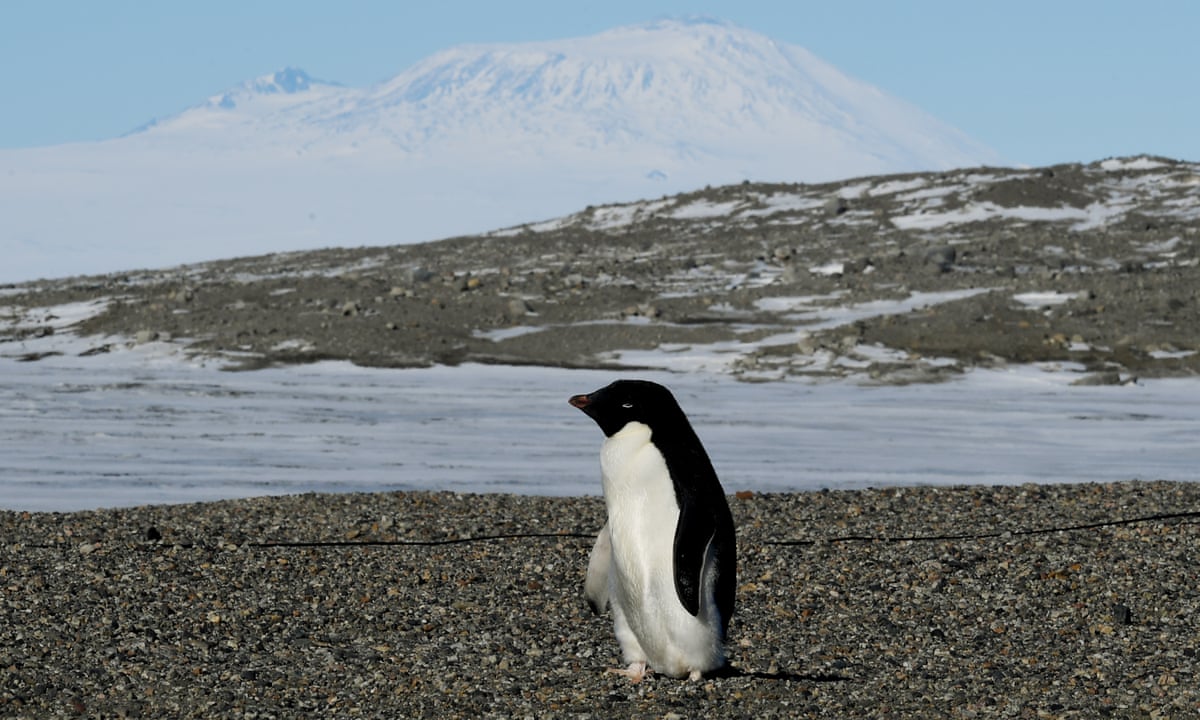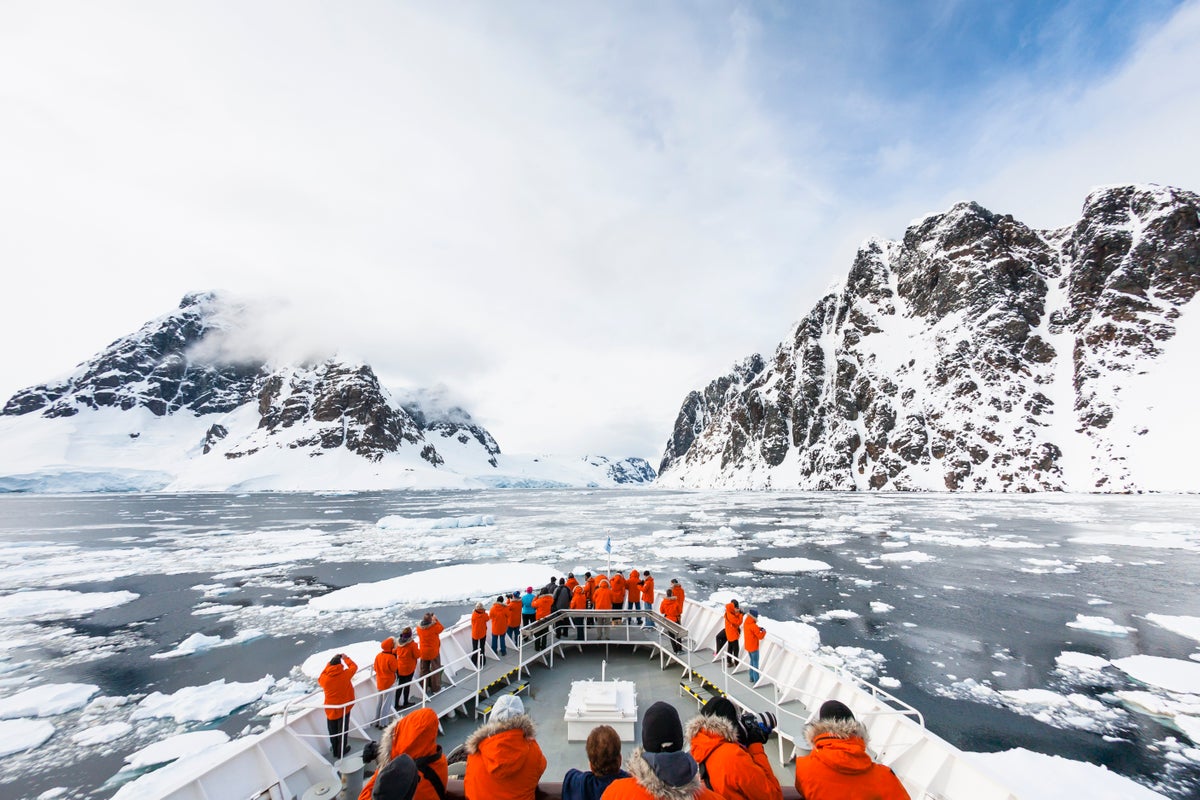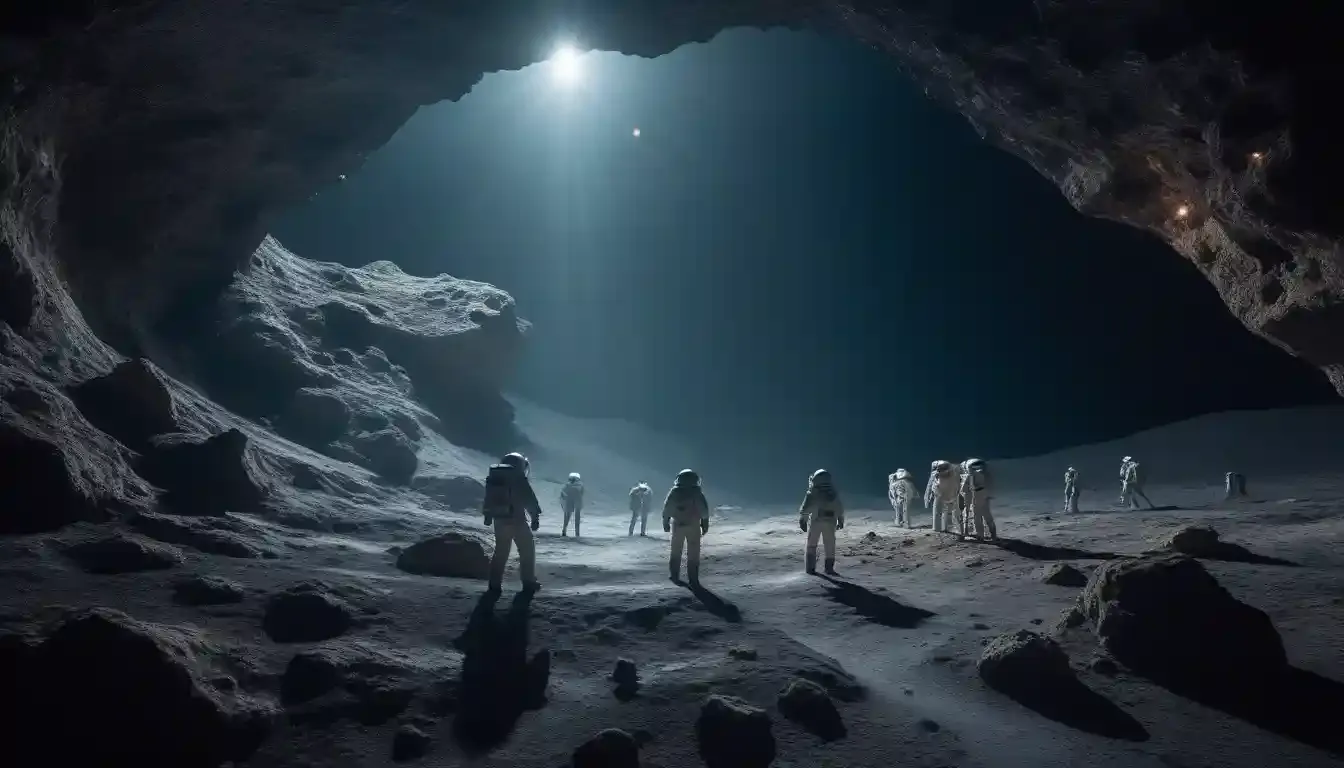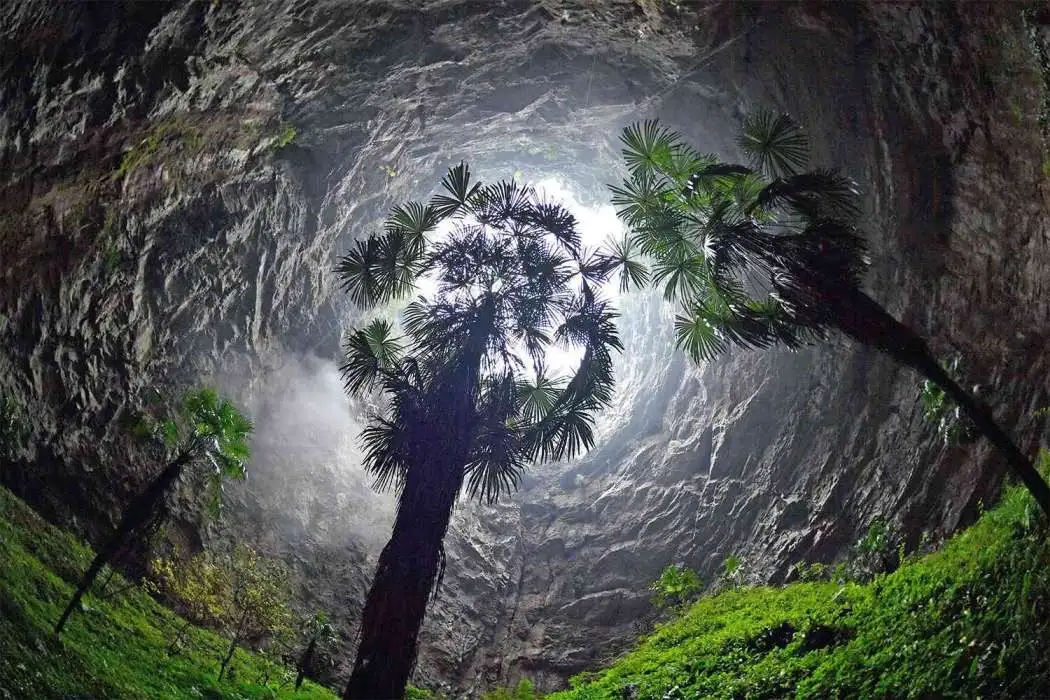In 2023, Antarctica isn't the pristine wilderness you may expect. The coldest, driest and windiest location on Earth, which was undisturbed by humanity until about 200 years ago, now has over 70 permanent research stations and was visited by over 100,000 tourists during the 2022-2023 season.
Ice-free areas are hot property in Antarctica

The first sighting:
Captain James Cook is claimed to have crossed the Antarctic Circle for the first time in 1773 while aboard his ship Resolution. The continent would not be discovered until nearly 50 years later. The first person to see the continent is debatable, but we do know that English mariner William Smith discovered Livingston Island, part of the South Shetland archipelago in Western Antarctica, in 1819. Two years later, American captain and seal fur dealer John Davis is claimed to have made the first landing on Antarctica's continent.
Whaling wars:
Whaling became immensely profitable in the early 1900s, thanks to the creatures' oil and meat value. Initially, Norwegian and British whalers comprised the majority of the industry. In 1908, the British established a territorial claim in Antarctica to tax whalers from other countries. Later, in 1939, a German expedition arrived to take over Norwegian land, building a whaling station so it could stop relying on Norwegian whale oil. Chile and Argentina began to claim "British" land, prompting Britain to launch a covert effort, Operation Tabarin, in 1943 to reinforce its position on the territory. Conflicts were resolved in 1986 when the International Whaling Commission (IWC) prohibited large-scale whaling in the Antarctic Ocean.
Age of exploration:

In the summer of 1910, two expeditions set out to become the first to reach the South Pole. The first, commanded by British explorer Robert Falcon Scott, set sail in June, while rival Norwegian adventurer Roald Amundsen did so in August. Both explorers trekked for more than a year, enduring extremely severe conditions, before Amundsen hoisted a Norwegian flag atop the world's southernmost point on December 14, 1911. This sparked a territorial scramble, with seven countries claiming Antarctic land between 1908 and 1942, several of which overlapped.
Commercial fishing:
However, the Treaty did not include the waters around Antarctica. During the 1970s, large-scale fishing became popular, with the USSR and Japan competing for the largest catch. Krill was one of the most sought species, with catches peaking at over 500,000 tonnes between 1981 and 1982, the majority of which were taken by these two countries. The Commission for Conservation of Antarctic Marine Living Resources (CCAMLR) was established in 1980, and since 1982, it has implemented bans or limits on the majority of fishing activities. Norway, Korea, China, and Chile are currently the leading krill fishing nations.
Licence to krill:
Krill may be tiny crustaceans, but they represent a mighty global trade. Demand for the creatures, which are becoming popular as part of health food supplements, has doubled over the last two decades.
In 2018, following pressure from environmental groups and support from fishing companies, a proposal was brought forward to create an Antarctic Ocean sanctuary, which would have protected almost 700,000 square miles of ocean. The legislation was blocked by China, Russia, and Norway when brought to the Antarctic Ocean Commission in November of that year.
Expanding research:
China is now building its sixth research station in Antarctica, despite the fact that it has yet to gain environmental certification, and apparently intends to become a "polar powerhouse" by 2030. The country has also been attempting to establish a "specially managed area" (ASMA) around its isolated outpost at Dome A, which some observers perceive as a ploy to enhance its influence in the region. The government is also spending substantially in Antarctic infrastructure and capacity, notably Bei Dou, its worldwide GPS network that will benefit the Chinese military.
Cruising ahead with tourism:
Climate change has sparked interest in Antarctica, with tourists eager to visit before the ice melts. With over 100,000 tourists visiting last season with packages ranging from $10,000 (£7.9k) to $100,000 (£79k), there's plenty of money to be made. However, not everyone is playing by the rules. According to statistics presented at a recent annual Antarctic Treaty meeting, 45 private yachts were observed in hazardous Antarctic waters, with nine of them visiting without permission.
Iceberg on the move:

The world's largest iceberg, known as A23a (pictured), is supposedly on the move. The berg separated from the Filchner Ice Shelf in 1986 and has remained on the bottom ever since. However, in 2020, A23a began to get unstuck as its underbelly melted from below, a natural process for icebergs stuck on the seafloor that, according to the BBC, is unlikely to be caused by climate change
Ocean currents are expected to transport the massive iceberg, which is three times the size of New York City, to an area of water known as the "iceberg graveyard". From there, its immense size may ensure it persists as far as South Africa, providing a potential threat for big shipping.
FAQs
What is the hidden world discovered in Antarctica?

An old scene concealed under the East Antarctic ice sheet for something like 14 million years has been uncovered with the assistance of satellite information and planes furnished with ice-entering radar.
Is there a hidden continent under Antarctica?
Specialists found a secret Antarctic scene under a layer of ice over a mile thick that shows how different the mainland looked large number of years prior.
What would happen if Antarctica melted?
Assuming all the ice covering Antarctica , Greenland, and in mountain ice sheets all over the planet were to liquefy, ocean level would ascend around 70 meters (230 feet). The sea would cover every one of the waterfront urban areas. Furthermore, land region would contract altogether. Yet, numerous urban areas, like Denver, would get by.










